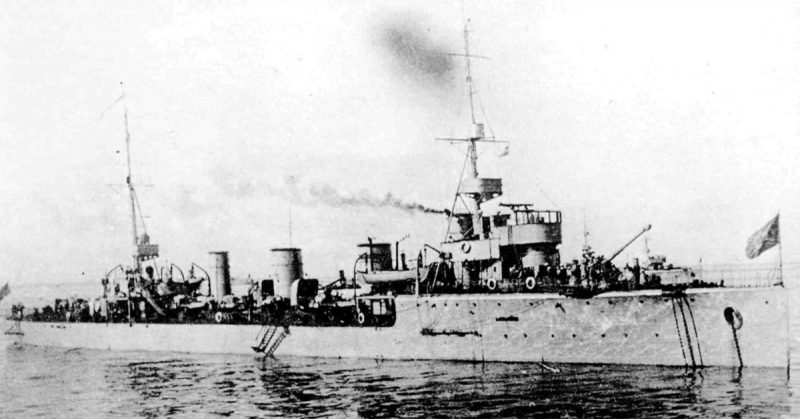The Novik was the fastest ship of its time. The Russian destroyer, called the Yakov Sverdlov during the Soviet period, sank after encountering a mine in 1941 and was only recently rediscovered on June 16, 2018, during a combined search by Finland and Russia.
The Novik was launched in 1910 as the most advanced destroyer in the Baltic Fleet of the Russian Navy. It was the fastest ship of the early World War I years with a top speed of 37.3 knots (68 km/hour). As WWI got underway, the Novik mainly spent its time laying mines in the Baltic Sea.
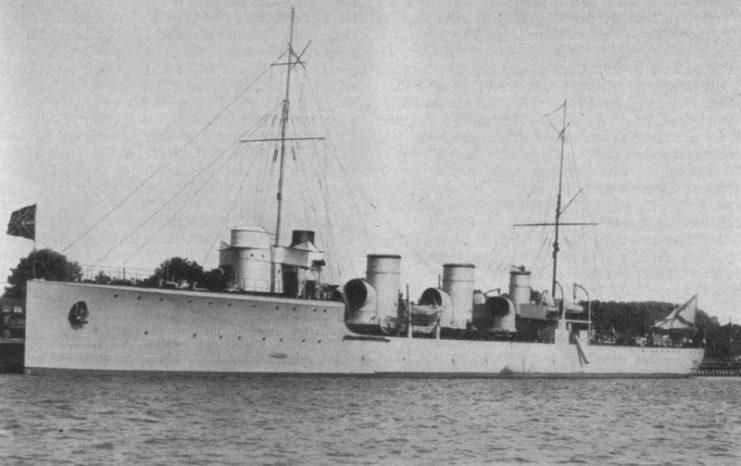
On August 4, 1915, the Novik came out the victor in a battle against the German destroyers, V-99 and V-100. It was later used to hunt for German convoys in Bråviken Bay near Norrköping and also during the defense of the Moosund archipelago in October of 1917.
Between the wars, the Novik spent its time receiving modernizations which greatly increased its displacement and its firepower. The Soviets then renamed the ship after a Russian revolutionary, Yakov Sverdlov, on July 13, 1926.
In 1940, the Yakov Sverdlov was reclassified as a training ship until it was recalled to active duty for World War II in the Third Destroyer Division of the Baltic Fleet on June 23, 1941.
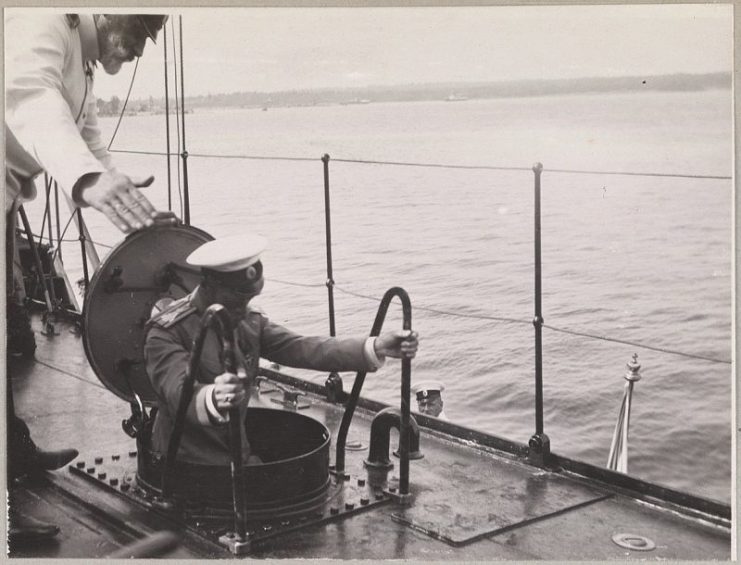
After refits between the wars, the Yakov Sverdlov was 335 feet long with a beam of 31 feet. It displaced 1,597 tonnes and had a draught of 11 feet 6 inches. Its armaments consisted of four 102mm guns, one 76.2mm AA gun, three triple 450mm torpedo tubes and 50 mines.
During World War II (known as the Great Patriotic War in Russia), the Yakov Sverdlov was used to escort convoys, hunt for enemy ships and U-boats, and provided supporting fire for land troops. For a time, it was considered the flagship of the Soviet’s Baltic Fleet.
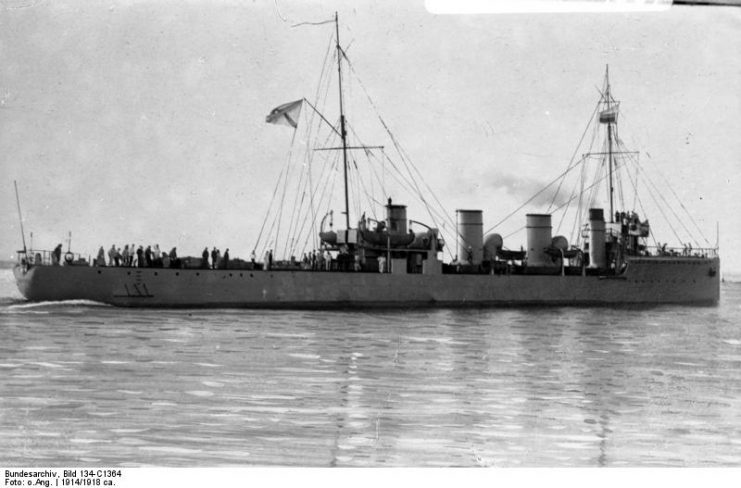
Then on August 28, 1941, the Yakov Sverdlov was part of a major evacuation of Tallinn, the capital of Estonia. 225 ships attempted to reach Kronstadt with members of the 10th Rifle Corps while the German and Finnish air forces were engaged in a massive attack. In the end, the Soviets lost more than 60 ships and 8,000 men.
The Yakov Sverdlov was one of the ships lost that day after hitting a mine while escorting the flagship Kirov. It sank near the island of Mohni in the Gulf of Finland. 114 crew members and passengers were lost with the ship.
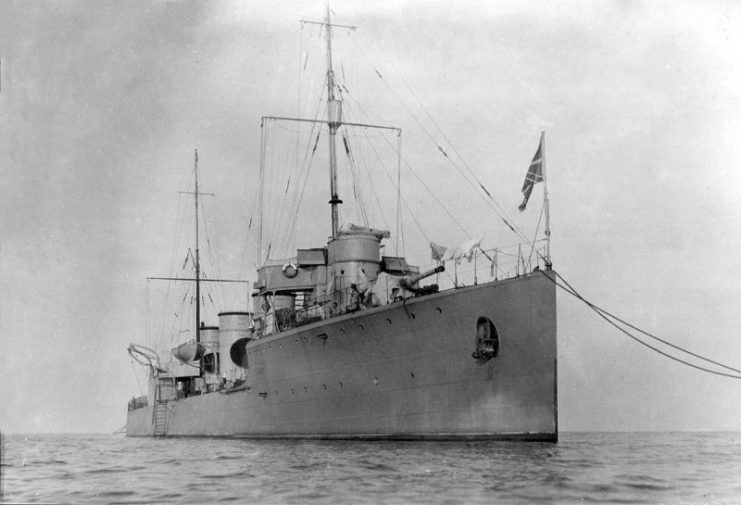
The precise location of the Yakov Sverdlov was unknown for over 70 years. Due to the work of Mikhail Ivanov, a Russian historian, it was finally found.
Ivanov looked through the German archives to get information about the bombing of submarine Sh-406 in 1943 near the peninsula of Yuminda in Estonia. The problem was that Sh-406 had already been destroyed near Bolshoy Tyuters island. In fact, what Luftwaffe pilots had taken for a Russian submarine was actually the wreckage of the Yakov Sverdlov.
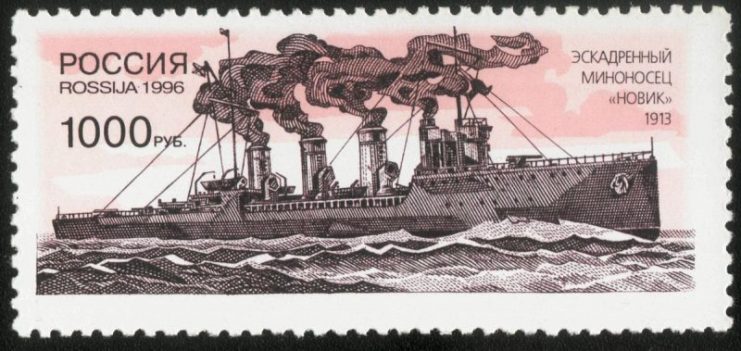
A joint expedition consisting of the Russian ship Bow to Ships of the Great Victory, and the Finnish ship, SubZone, confirmed the identity of the wreckage on June 16, 2018.
The ship’s hull is lying in 75 meters of water. It had been broken into two parts by the mine. The name of the ship was clearly seen by divers on the stern along with the Soviet Union state emblem. During a subsequent survey, the ship’s 102-mm artillery guns were found.
The team plans to make several more dives in order to make a more thorough survey of the vessel.
